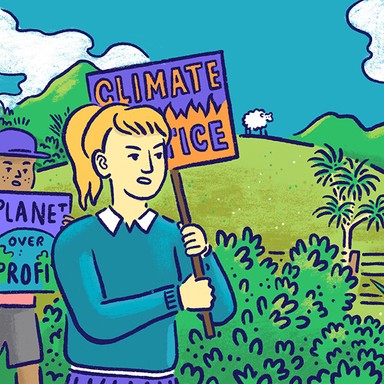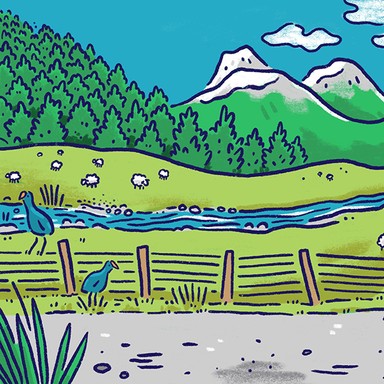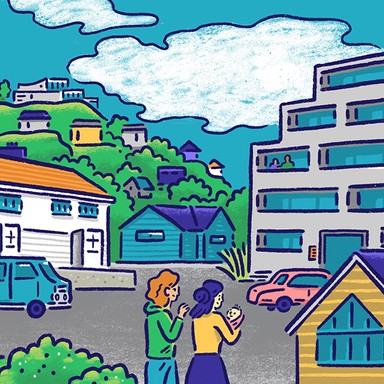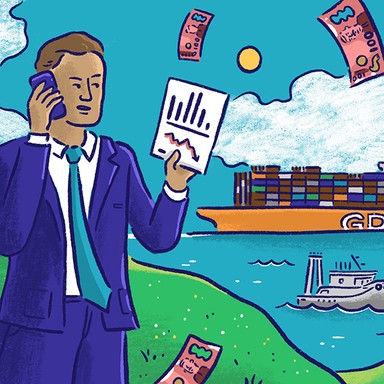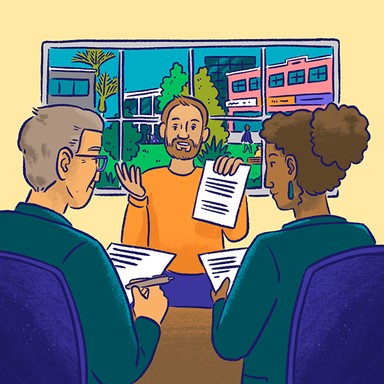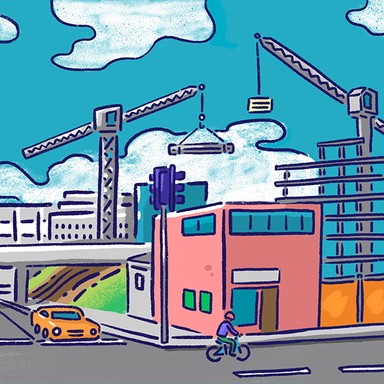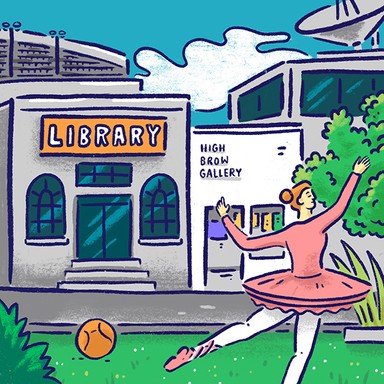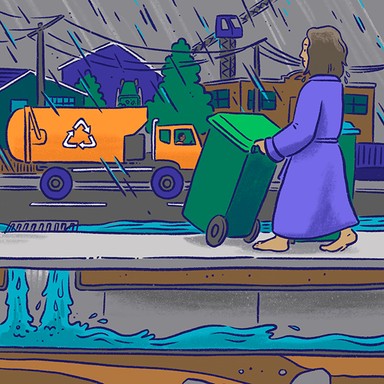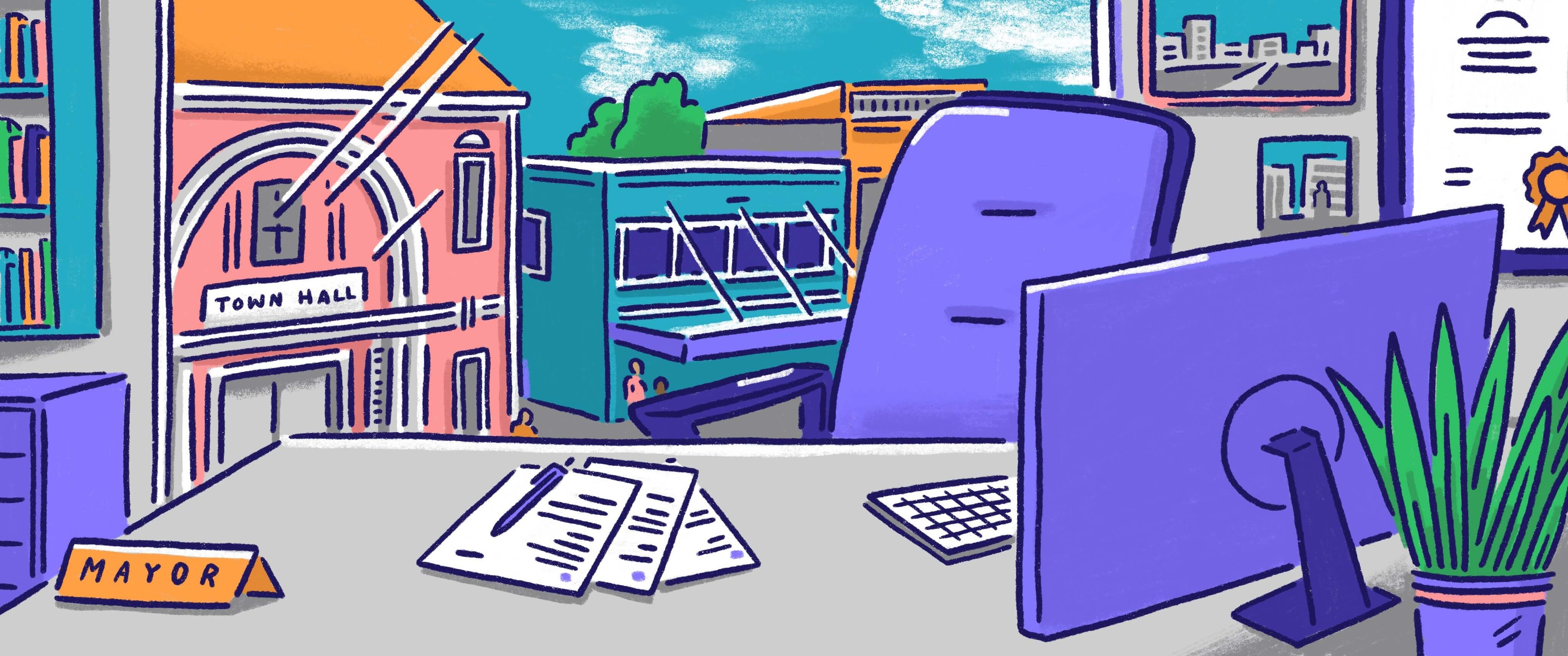
Mayor of Hamilton
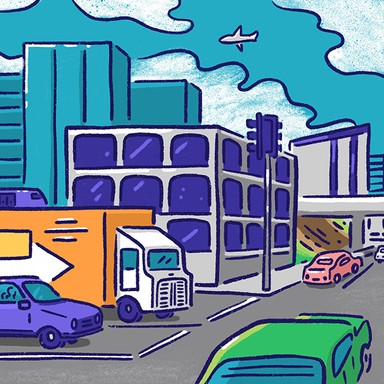
Transport
Helping communities get from A to B is a key responsibility of local government, from making sure the buses run on time to providing car parking and walking and cycling paths. Whether public transport is the responsibility of the regional or local council depends on where you are in the country. Local councils also own 87% of New Zealand’s roads.

Transport
Helping communities get from A to B is a key responsibility of local government, from making sure the buses run on time to providing car parking and walking and cycling paths. Whether public transport is the responsibility of the regional or local council depends on where you are in the country. Local councils also own 87% of New Zealand’s roads.
Encourage people out of cars but don't inhibit car access or reduce car parks to deliberately frustrate motorists.
Widen footpaths for cycle/scooter/pedestrian use and build off road cycleways wherever possible using parks and gullies.
Source small electric shuttles and get rid of most of the huge buses which thunder around our suburbs.
Enhance flow so you have more go, through more intelligently managed traffic lights and minimising unnecessary speed bumps to keep you moving.
Work with bus networks to reduce empty busses and dependence on ratepayers.
Encourage cycling, walking, bussing, carpooling, alternative transport, focusing on electric cars to reduce carbon footprint.
Promoting road safety is essential to avoid accidents. We need to have a driving safely campaign involving all forms of transport and people.
To avoid traffic congestion vehicles should be directed down alternative routes. This could be done by more effective traffic management.
Create more cycling, scooting, walking and passenger transport that are safe, easy to use and affordable.
Complete the Bike on Pipes cycle project in Peacocke that creates safe off road walking and cycling over water infrastructure.
Focus on our 10 minute neighbourhood plan to build walkable communities. This includes residential living in the city centre.
Work with Waikato Regional Council to increase the number and frequency of buses on school routes to reduce congestion. Explore low/no-cost fares for students.
Review $1b mode shift budget to see what's available for walking/bussing. 1% of trips in the city are by bike. More choose/need to walk/bus.
Review the proposed closure of the Brooklyn Road leg of Five Cross Roads (part of the eastern cycleway). 10,000 cars per day currently use that route.
Encourage people out of cars but don't inhibit car access or reduce car parks to deliberately frustrate motorists.
Widen footpaths for cycle/scooter/pedestrian use and build off road cycleways wherever possible using parks and gullies.
Source small electric shuttles and get rid of most of the huge buses which thunder around our suburbs.
Enhance flow so you have more go, through more intelligently managed traffic lights and minimising unnecessary speed bumps to keep you moving.
Work with bus networks to reduce empty busses and dependence on ratepayers.
Encourage cycling, walking, bussing, carpooling, alternative transport, focusing on electric cars to reduce carbon footprint.
Promoting road safety is essential to avoid accidents. We need to have a driving safely campaign involving all forms of transport and people.
To avoid traffic congestion vehicles should be directed down alternative routes. This could be done by more effective traffic management.
Create more cycling, scooting, walking and passenger transport that are safe, easy to use and affordable.
Complete the Bike on Pipes cycle project in Peacocke that creates safe off road walking and cycling over water infrastructure.
Focus on our 10 minute neighbourhood plan to build walkable communities. This includes residential living in the city centre.
Work with Waikato Regional Council to increase the number and frequency of buses on school routes to reduce congestion. Explore low/no-cost fares for students.
Review $1b mode shift budget to see what's available for walking/bussing. 1% of trips in the city are by bike. More choose/need to walk/bus.
Review the proposed closure of the Brooklyn Road leg of Five Cross Roads (part of the eastern cycleway). 10,000 cars per day currently use that route.
Mayor
Compare the mayoral candidates in your area
Local council
Compare the candidates for your city or district council
Regional council
Compare the candidates for your regional council
Local board
Compare the candidates for your local or community board
